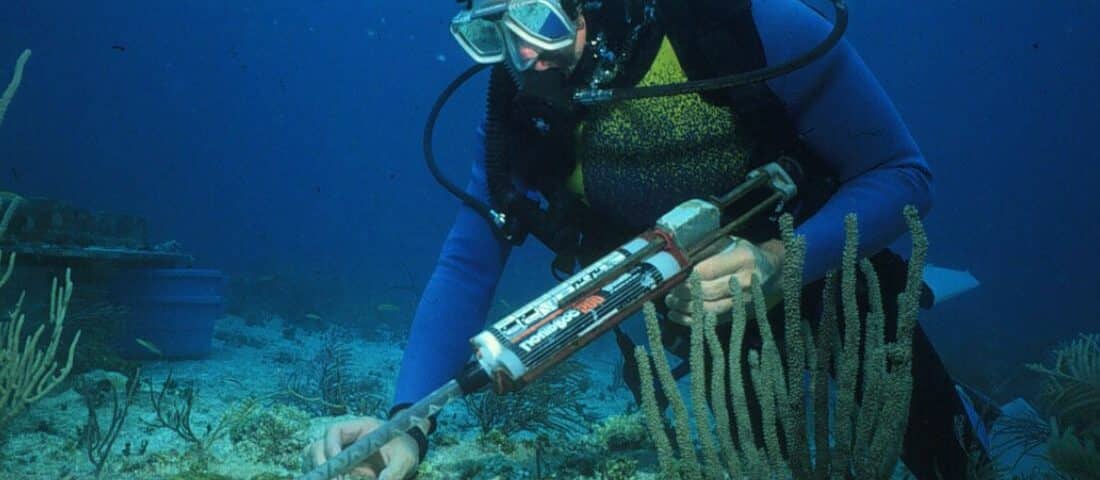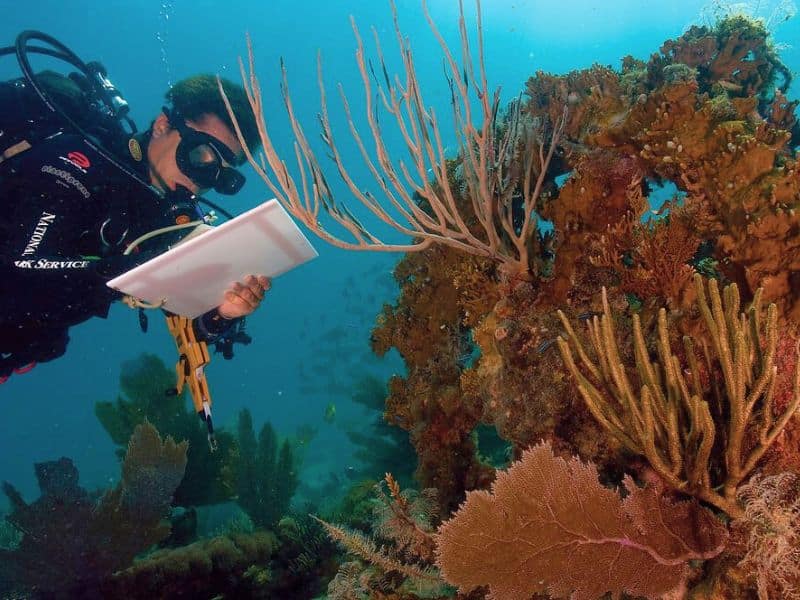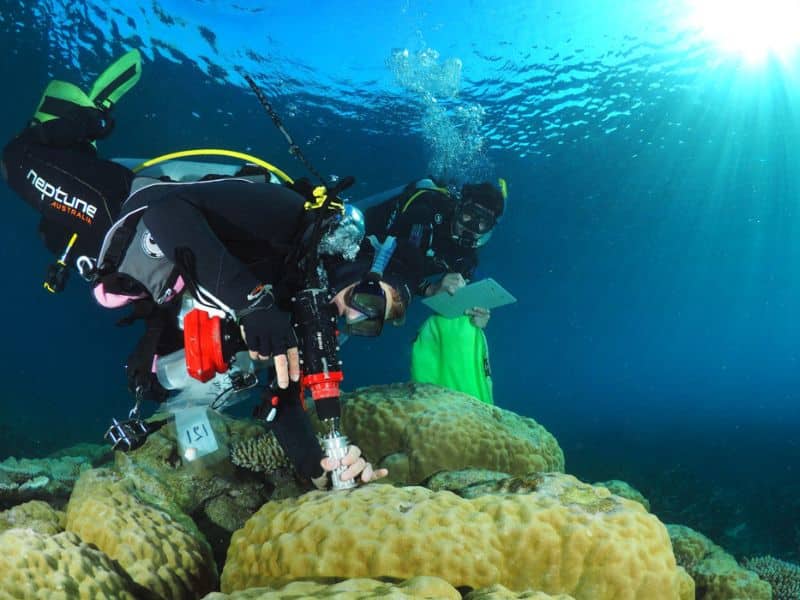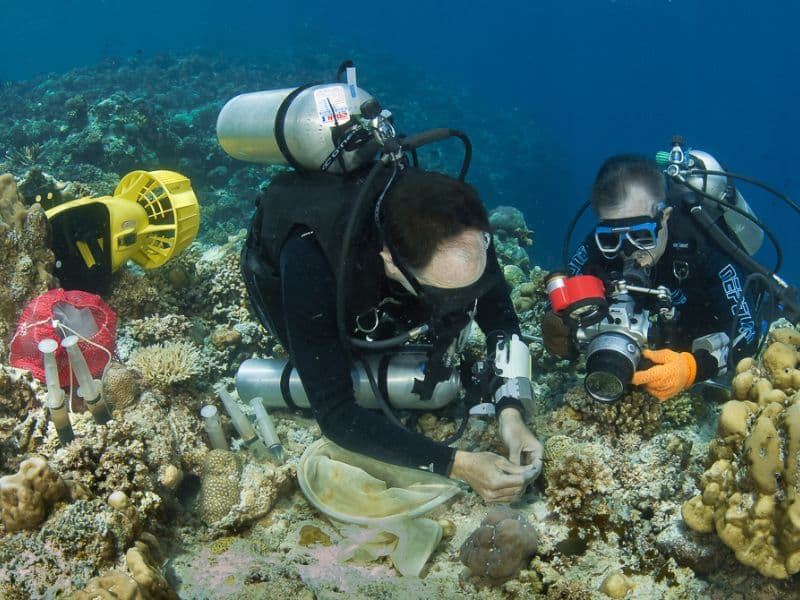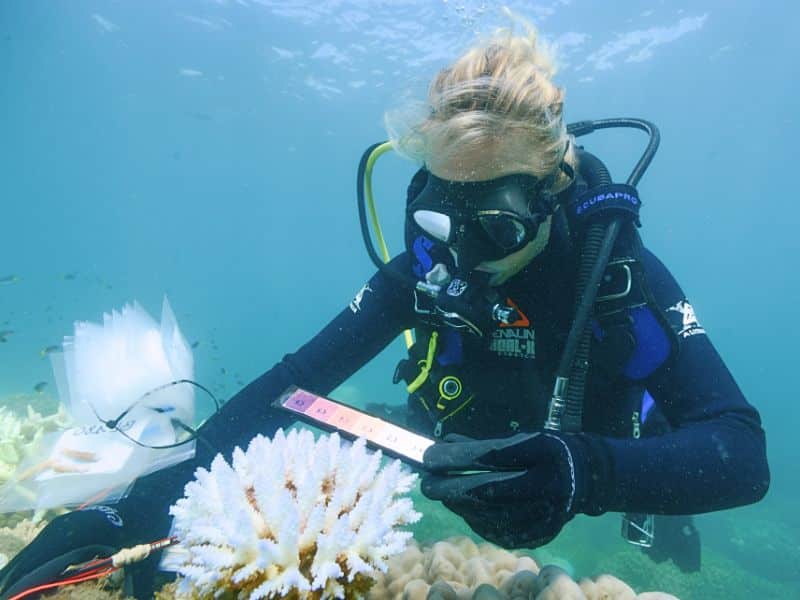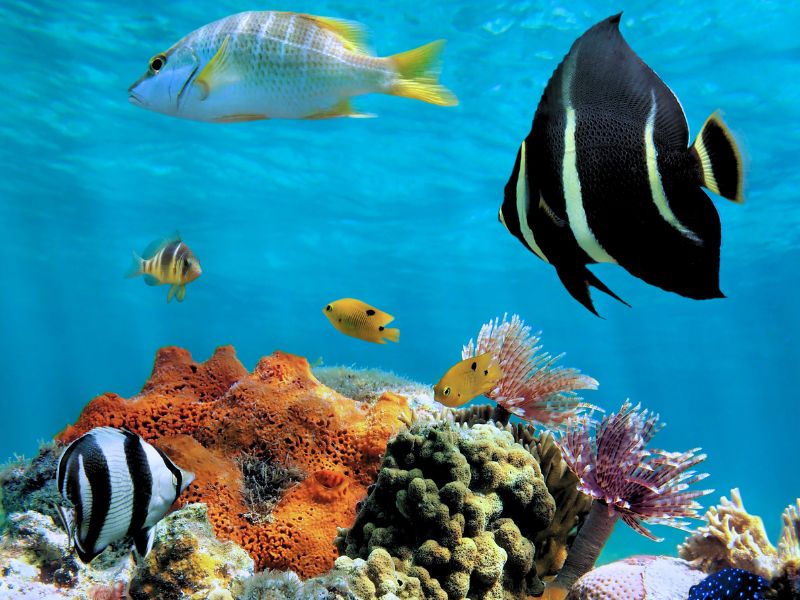3. Responsibilities of a Marine Biologist Diver
The daily tasks and responsibilities of a marine biology diving professional can vary depending on their specific role and area of specialization. However, some common duties include:
Conducting Underwater Surveys
Marine biologist divers often conduct underwater surveys to gather data on marine organisms, their habitats, and ecosystem dynamics. This involves visually observing and documenting species, collecting samples, and recording environmental parameters.
Collecting Specimens
Marine biologist divers collect specimens of marine organisms for further analysis and study. This can include capturing small organisms, collecting tissue samples, or retrieving samples from the seafloor.
Analyzing Marine Ecosystems
Marine biologist divers analyze marine ecosystems by studying the interactions between organisms, assessing biodiversity, and monitoring changes in population dynamics. They also investigate the impact of human activities on marine ecosystems.
Conducting Experiments
Marine biologist divers design and conduct experiments underwater to investigate specific research questions. This involves manipulating variables, measuring responses, and analyzing data to draw conclusions.
Documenting and Reporting Findings
Marine biologist divers prepare detailed reports and scientific papers to communicate their findings. These reports may be shared with agencies, funders, commercial organizations, government bodies, or oil companies drilling on the seabed.
3.1. Fieldwork and Research Techniques
Marine biology diving involves the use of various scientific methods and techniques for data collection and species identification. Some common techniques used in marine biology diving include:
Underwater Data Collection
Marine biologist divers use specialized tools and equipment to collect data underwater. This includes underwater cameras, video recorders, hydrophones for recording sounds, and sensors for measuring environmental parameters like temperature, salinity, and dissolved oxygen.
Species Identification
Marine biologist divers are trained to identify different species of marine organisms using visual cues such as color patterns, body shape, and behavior. They may also collect specimens for further analysis and identification in the laboratory.
Transect Surveys
Transect surveys involve swimming along a predetermined path and recording data at regular intervals. This method allows marine biologist divers to collect quantitative data on species abundance, distribution, and habitat characteristics.
Underwater Sampling
Marine biologist divers collect samples of water, sediment, or biological material for laboratory analysis. These samples provide valuable information about water quality, nutrient levels, and the presence of pollutants or pathogens.
Underwater Photography and Videography
Marine biologist divers use underwater cameras and video recorders to document marine organisms, behaviors, and habitats. These visual records are used for species identification, behavioral studies, and outreach purposes.
It’s important to note that while scuba diving is a common method for conducting fieldwork in marine biology, other techniques such as snorkeling, and the use of specialized equipment like remotely operated vehicles (ROVs) or submersibles may also be employed depending on the research objectives and study site.




